

Max Davies
6 Days Ago
Some may call them artificial or unnecessary, but enhanced engine and electric motor sounds are here to stay.

Contributor
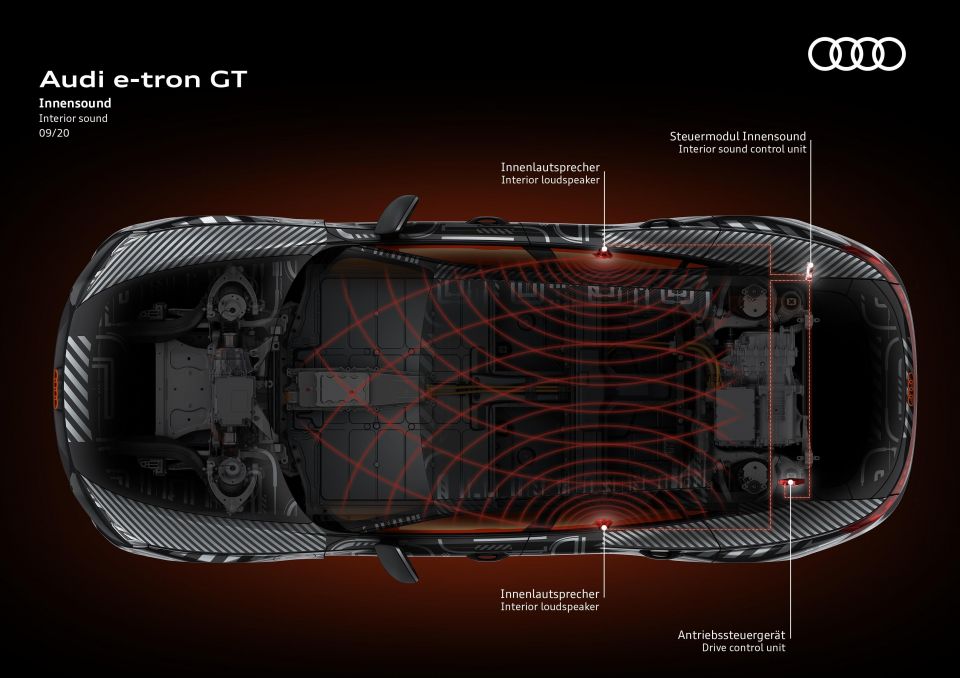

Contributor
Internal combustion engines are well known for their ability to produce distinctive sound tracks, but stringent emissions regulations around the world mean it’s increasingly difficult for manufacturers to let their engines sing. The advent of electrification has also resulted in quieter vehicles, with pure-electric vehicles virtually silent compared to their combustion engine counterparts.
To compensate for this, carmakers have attempted to use various methods to enhance, modify, and in some cases, develop a new sound experience for their cars in an effort to preserve the traditional aural experience of driving.
The most obvious way to make engine noise audible to a vehicle’s driver and passengers is to redirect it inside, and this relatively simple approach has been used by several carmakers. Perhaps most notable in recent memory is the sound pipe used in the outgoing Toyota 86 and Subaru BRZ duo.
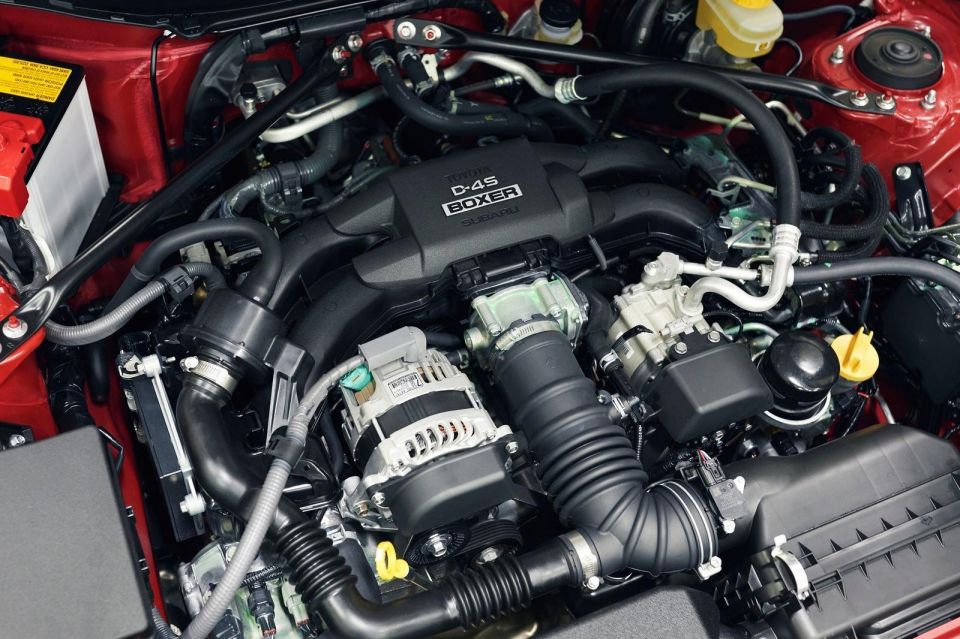
In both of these vehicles, a pipe is used to direct audio from the engine’s intake manifold to the driver’s footwell. The soundtrack of the four-cylinder Boxer engine shared between these vehicles is well-known for being an acquired taste, and this approach merely amplifies the sound of the engine, rather than modifying or enhancing it.
Porsche and Ford have very little in common, often pricing their vehicles at opposite ends of the market. Surprisingly, however, they take a somewhat similar approach to enhance the engine noise with some of their performance vehicles, with both marques often making use of what is known as a ‘Sound Symposer.’

In models such as the Fiesta and Focus ST, Ford has employed a sound pipe similar to that described above, but paired with an electronic flap that opens to let more sound through. This is based on various parameters such as driving mode, engine RPM, the gear and throttle position and ensures sound is emitted into the cabin only during sporty or hard driving, rather than being a constant irritant.
Porsche adopts a similar approach, but using a diaphragm and electronically-controlled valve in certain models such as the 911 and Panamera.
Other manufacturers have adopted a more artificial approach to generating sound.
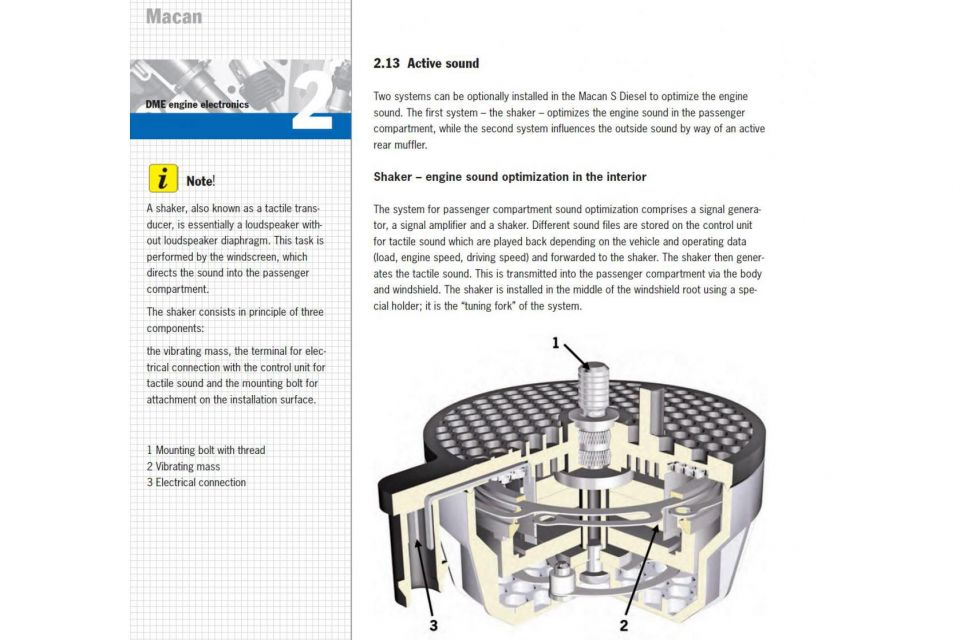
Recent VW Group models in particular, including the Golf GTI and Skoda Octavia RS as well as cheaper Porsche models such as the Macan, use what is known as a ‘soundaktor’, German for ‘sound actuator.’ As the name suggests, this is an electronic device that is placed under the bonnet at the base of the windscreen, and generates vibrations according to an internally stored audio file.
The system activates depending on the particular driving mode chosen, as well as the operation of the engine. For example, if the engine is running at a high RPM, the soundaktor system will play a part of the audio file to reflect this. The vibrations are transmitted through the windscreen into the interior, effectively creating a much sportier engine note.
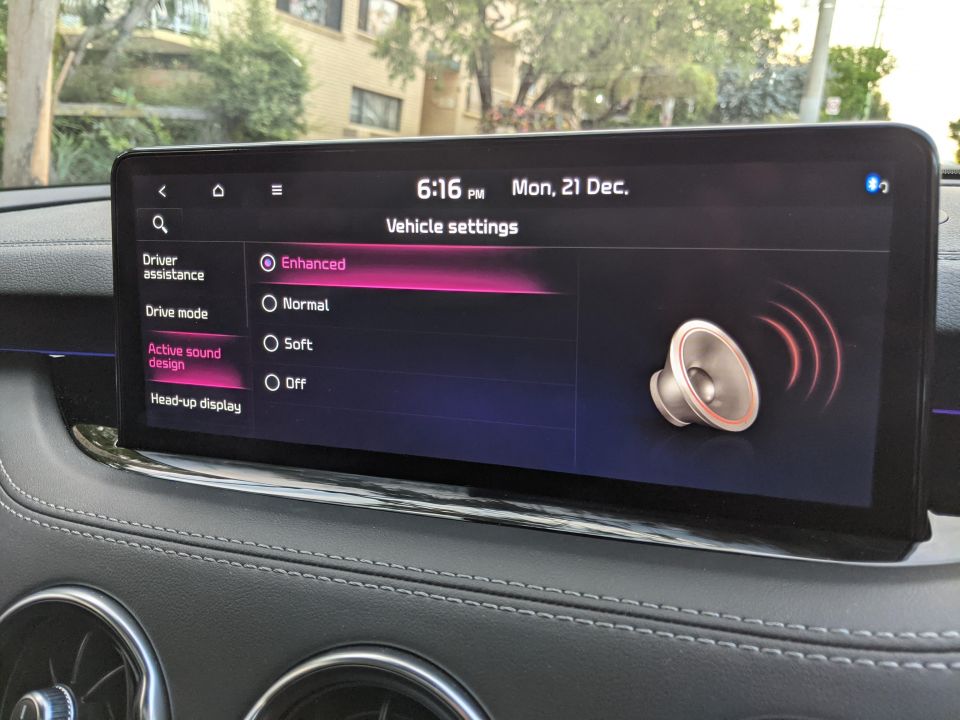
BMW takes this one step further with its Active Sound Design feature, which can arguably be classified as more of an engine sound enhancement feature. This is a more comprehensive system available on newer BMW M and M Performance models, and makes direct use of the car’s audio system.
Active Sound Design processes inputs about the current operating situation of the car (such as throttle position, engine RPM, driving mode and chosen gear) from the ECU. Various audio files are stored on the car’s internal computer, and the system uses these inputs to choose which files, and what part of these files, to play through the interior speakers. In total, this can include anything from a soundtrack that replicates the actual, unfiltered noise of the engine, to amplifying particular parts of this noise, or augmenting it with a soundtrack unrelated to the actual engine noise.
Electric vehicles produce minimal levels of sound compared to that of an engine. However, this also frees the carmaker from being obliged, or restricted, to replicate the roar of an internal combustion engine. Instead, carmakers have more flexibility to design a new aural experience for their electric vehicle.
This also means that for EVs, manufacturers consider exterior and interior sound separately. At low speeds, regulations (such as in Europe) require a sound to be played through loudspeakers mounted on the outside of the car – known as an AVAS, short for Acoustic Vehicle Alert System – to ensure pedestrians are warned of an oncoming EV. These sounds vary by manufacturer, but perhaps one notable take is with Fiat’s new 500, which plays a tune from the Italian classic movie Amarcord to reflect the brand’s Italian heritage.
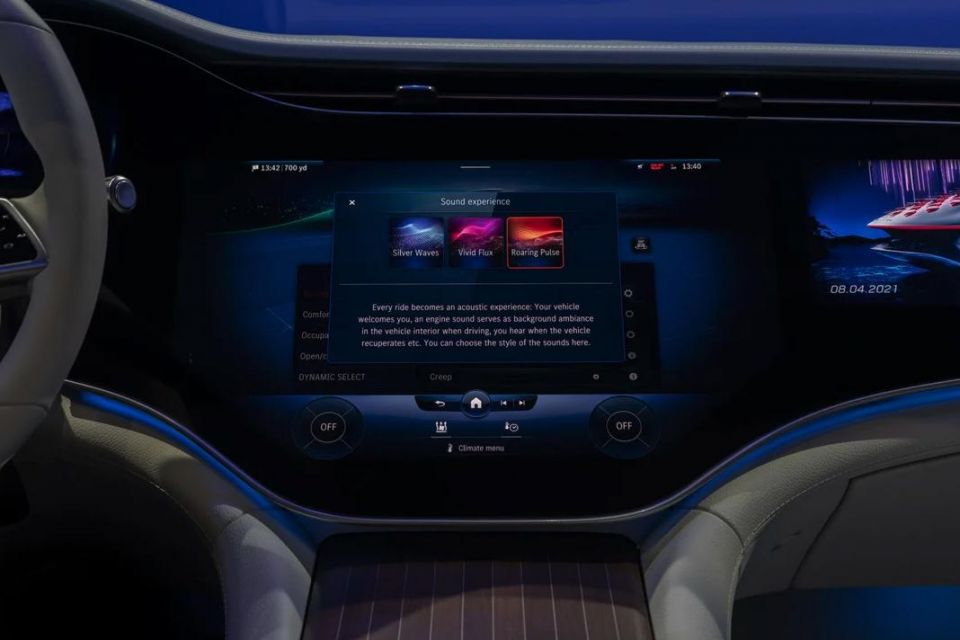
Carmakers have much more scope to customise the interior sound, and Genesis is one manufacturer that has taken this approach with the recently unveiled GV60 EV. Using a system that the brand calls e-ASD (electric Active Sound Design), drivers can choose from three different types of driving sound, with each option varying based on the selected driving mode, vehicle speed and throttle input. The sounds include a ‘Futuristic’ sound which aims to represent Genesis’ vision of future mobility, an ‘E-Motor’ sound that ‘reimagines’ any sound emanating from the electric motor, and a ‘G-Engine’ noise replicating the sound of a conventional combustion engine.
Similarly, the new Mercedes-Benz EQS and EQE electric sedans offer unique ‘Sound Experiences’, with the ‘Silver Waves’ soundscape ostensibly being a ‘sensuous and clean’ sound, whilst ‘Vivid Flux’ is a ‘crystalline, synthetic yet humanly warm’ experience. These can both be switched off to create as silent an experience as possible. Meanwhile, BMW has commissioned renowned composer Hans Zimmer to create driving sounds.


Max Davies
6 Days Ago


Matt Campbell
5 Days Ago


Max Davies
4 Days Ago


Josh Nevett
3 Days Ago
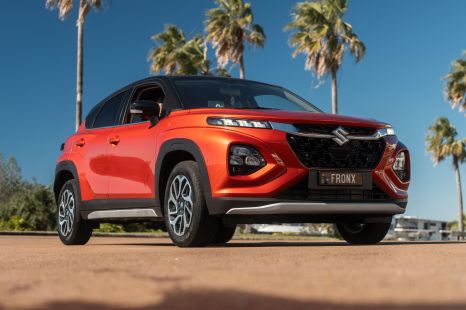

William Stopford
2 Days Ago
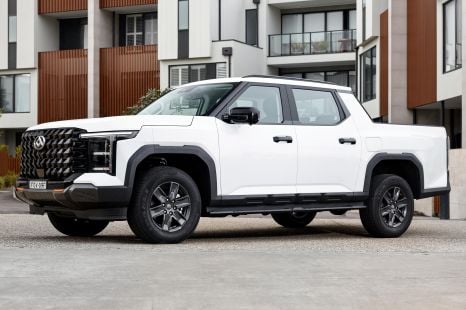

Damion Smy
1 Day Ago